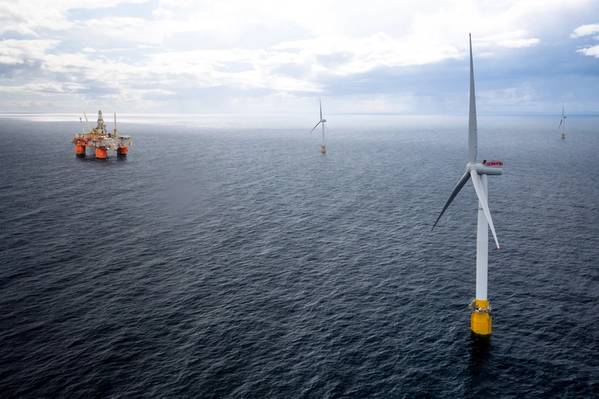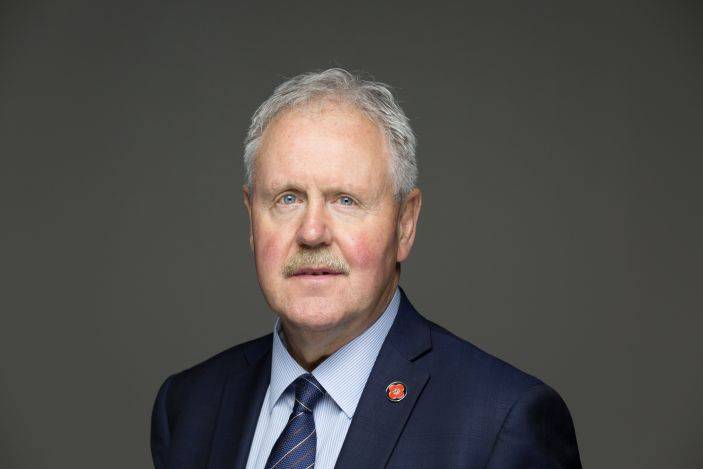
Dave Stewart, CEO of Wood’s Asset Solutions business in Europe, Africa, Asia & Australia, discusses how traditional upstream oil and gas businesses are responding to this transitional period to continue to provide sustainable, affordable, reliable and safe access to energy.
Our social license to operate is governed not only by the regulatory environment but by climate change targets and public opinion. Wood is already working to make a positive contribution to achieving a sustainable transition to a reliable low carbon energy system.
We are focused on the outlook for the energy industry over the next 15 years using scenario planning to map alternative, future realities and building a diversified business to succeed.
Our strong heritage in oil and gas combined with our ever-increasing role in the development of renewable power generation and infrastructure, ideally positions Wood to meet the needs of a low carbon future. In fact, our journey to broaden our capabilities is clearly aligned with the energy transition and emerging global trends in supply and demand.
The ‘energy mix’
For the first time since the Industrial Revolution, the UK is obtaining more power from zero carbon sources than fossil fuels. However, almost all leading research shows that oil and gas will continue to be an important part of the future energy mix as demand increases at a faster rate than renewable sources come online.
It's welcome news for a sector that has contributed so much to the UK economy over the last 40 years, but significant change is required particularly in upstream, to work towards a ‘net zero’ basin.
Oil and gas must take concerted steps to reduce the carbon intensity of both upstream and downstream operations whether reducing emissions from offshore facilities, powering assets using renewable sources or leveraging technology to address the issues of fugitive gases and flaring.
Wood is active in this space, leading the conceptual design and engineering of a first-of-its-kind project to reduce CO2 emissions by designing a full-scale gas power plant with carbon capture for an international climate change investment fund.
The upstream sector’s experience in delivering large-scale engineering projects will be critical to supporting international oil and gas operators through their transition into clean energy.
We recently completed work as owner’s engineer on Shell’s first solar PV plant, one of the largest facilities of its kind that manufactures base chemicals from petroleum fractions, that exemplifies this.
 Dave Stewart is CEO of Wood’s Asset Solutions business in Europe, Africa, Asia & Australia (Photo: Wood)
Dave Stewart is CEO of Wood’s Asset Solutions business in Europe, Africa, Asia & Australia (Photo: Wood)
Winds of change
Across Europe, the potential of wind power has long been recognized, but now the energy produced from wind is powering significant infrastructure. In the Norwegian North Sea, Wood is modifying existing topsides to receive power from a new offshore floating wind farm, reducing reliance on gas.
As the consumption of liquid fossil fuels for vehicle use decreases, we’re supporting continued growth and demand for the use of hydrocarbons to develop chemical-based products. Wood is developing the world’s largest fully integrated crude oil to chemicals (COTC) complex in Saudi Arabia, on behalf of Saudi Aramco and SABIC. The complex integrates the refinery and chemical process and is expected to have a direct conversion rate from crude oil to chemicals of around 50%, where traditional methods yield around 10%.
As the growth of clean energy accelerates, an area of significant government focus is decarbonizing transport. Hydrogen is one energy source which can be moved safely and cleanly, and the UK’s oil and gas heritage provides a breadth of technical experts on pipelines and distribution networks who can play an important role in the move to repurpose existing infrastructure. On Scotland’s west coast, Wood is supporting the growth of this lower carbon alternative by advising how the existing gas network could transport hydrogen as a fuel for local ferries.
Working through the energy transition will require a transformation. However, the sector can and should take confidence from the past. We have a distinguished track record of developing technically challenging solutions in areas that many would not have dared thought possible. This vision will continue to serve the industry well, ensuring it plays an important role in the energy systems of the future.